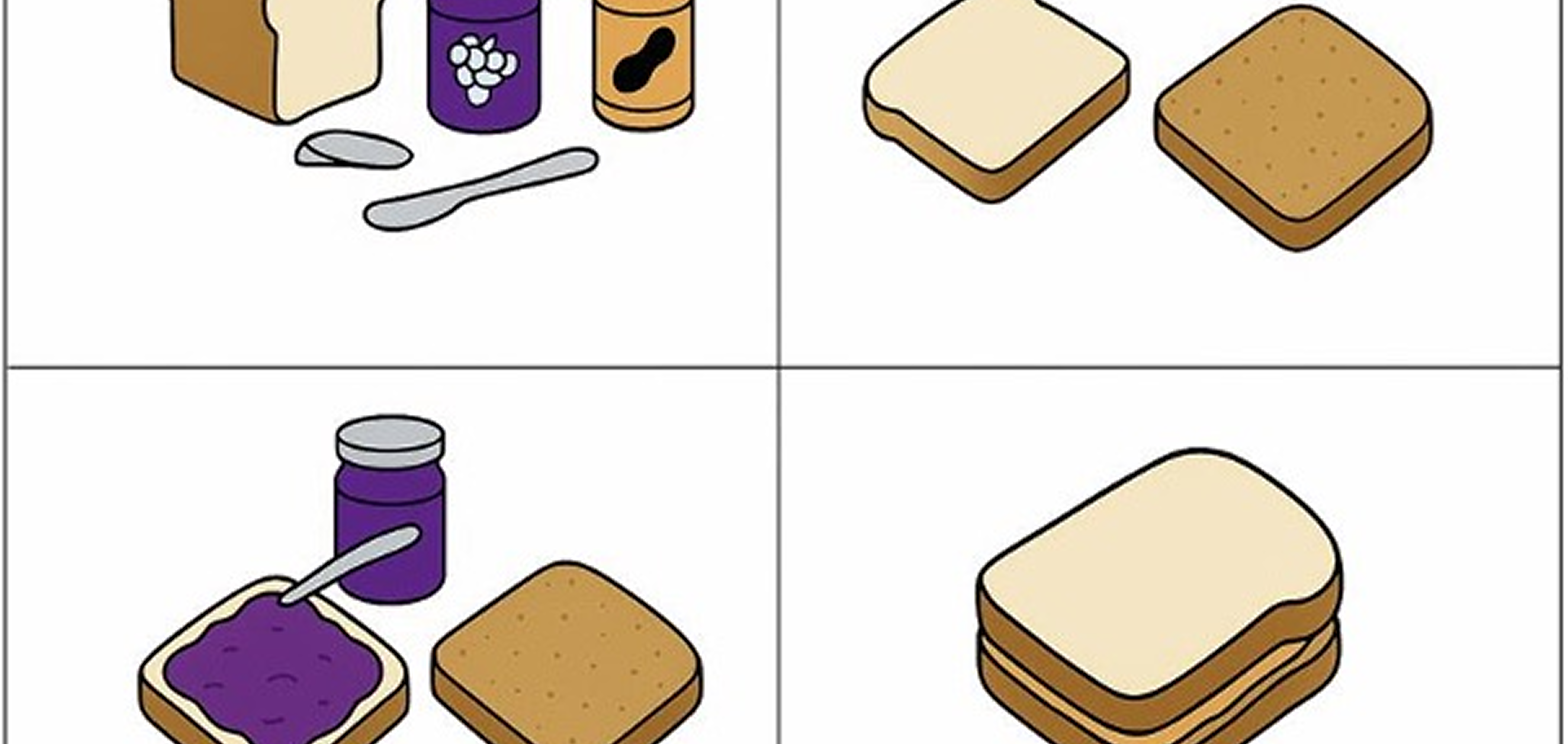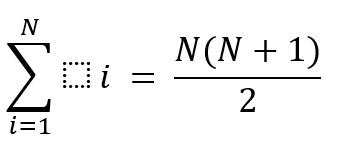The Art of Problem-Solving: The PBJ Sandwich Challenge!
What does a PBJ sandwich have to do with programming? Learn how everyday tasks reveal the secrets to writing faster, smarter code.

Every day, we face problems some big, some small. But when we say “problems,” we don’t always mean critical or life-threatening ones. Even something as simple as making a peanut butter and jelly (PBJ) sandwich is a problem that needs solving.
Let’s break it down into a step-by-step process
- Get the bread.
- Open the slices.
- Grab the peanut butter and jelly.
- Spread peanut butter on one slice.
- Spread jelly on the other slice.
- Put the slices together.
At the end of the process, everyone gets a PBJ sandwich. However, not everyone follows the exact same sequence of steps. Some might spread both peanut butter and jelly on the same slice, others might use different spreading techniques. But here’s the important question: who made their PBJ the fastest?
The most optimized method is the one that gets the sandwich done in the shortest time so you can quickly eat and leave for work.
Problem-Solving in Programming Works the Same Way
In programming ,we face problems, analyze them, and come up with solutions. But just like making a PBJ, there’s always more than one way to do it. The real challenge is:whose solution is better?
If we go back to the PBJ example, the best solution was the one that let us finish quickly and get to work on time. Similarly, in programming, the best solution is usually the one that runs the fastest.
But how do we determine which solution is the fastest?
Time Complexity: The Secret to Measuring Efficiency
In programming, we use a concept called time complexity to measure how fast an algorithm runs as the input size increases. The lower the time complexity, the better the solution.
Let’s illustrate this with a simple coding problem.
Example: Summation of Numbers from 1 to N
Imagine we want to write a function that takes a number N and returns the sum of all numbers from 1 to N.
Solution 1: The Loop Approach (Brute Force)
The first and most obvious way to solve this is by looping through all numbers from 1 to N and adding them one by one.

Example for N = 4:
Let's walkthrough how the function runs step by step:
- sum = 0
- sum += 1 → sum becomes 1
- sum += 2 → sum becomes 3
- sum += 3 → sum becomes 6
- sum += 4 → sum becomes 10
Final output: 10
This solution works, but it has a time complexity of O(N), meaning that as N grows larger, the execution time increases linearly.
But is there a faster way?
Solution 2: The Mathematical Formula (Optimized Approach)
There’s a famous formula for summing numbers from 1 to N:

.png)
Example for N = 4:
Using the formula:
Final output: 10
This solution has a time complexity of O(1), meaning it runs in constant time no matter how large N is.
So… Is Problem-Solving a Skill or a Talent?
No doubt, problem-solving is both a talent and a skill. Some people naturally think in a structured way, but that doesn’t mean others can’t learn it. Problem-solving is a skill that can be developed and improved over time. Here’s how:
- Practice, Practice, Practice – The more problems you solve, the better you get at recognizing patterns and optimizing solutions.
- Learn from Others – Just like asking a friend how they made their PBJ faster, learning from experienced programmers helps you pick up smarter techniques.
- Think About Efficiency – Always ask yourself, "Can I make this faster?"
- Understand Time Complexity – Knowing how to measure efficiency helps you compare solutions and pick the best one.
- Break Problems Down – Instead of tackling a problem all at once, split it into smaller steps, just like making a PBJ!
Applying the PBJ Example to Problem-Solving
Let’s say you took 30 minutes to make a PBJ sandwich, while your friend did it in 10minutes. Naturally, you’d be curious how did they do it so fast?
So, you ask them about their process. Maybe they spread the peanut butter and jelly simultaneously, or maybe they used a more efficient spreading technique. Next time, you apply their method and finish your PBJ in just 10 minutes too!
This is exactly how problem-solving in programming works. You learn faster approaches, apply them, and get better overtime.
Final Thoughts: Are You a Smart Programmer?
Being a smart programmer isn’t just about writing code it’s about writing efficient code. If you’re constantly looking for better solutions, questioning efficiency, and improving your problem-solving skills, then yes, you are a smart programmer!
So, the next time you write code or make a PBJ sandwich ask yourself: Is there a faster way to do this?
Get Notified about new VR trainings
Want to be the first to know about new courses release dates? Subscribe and we'll make sure it happens!





